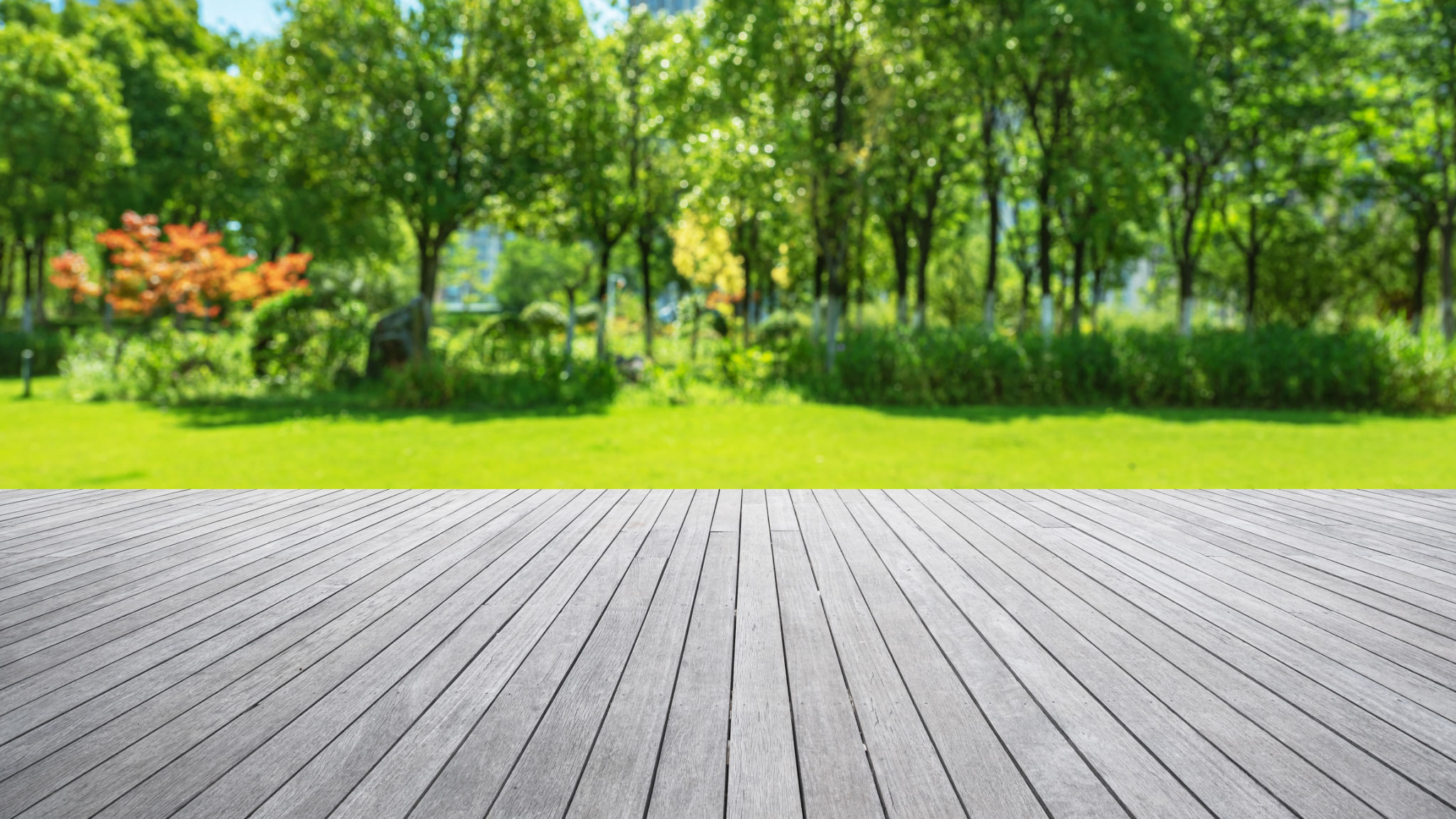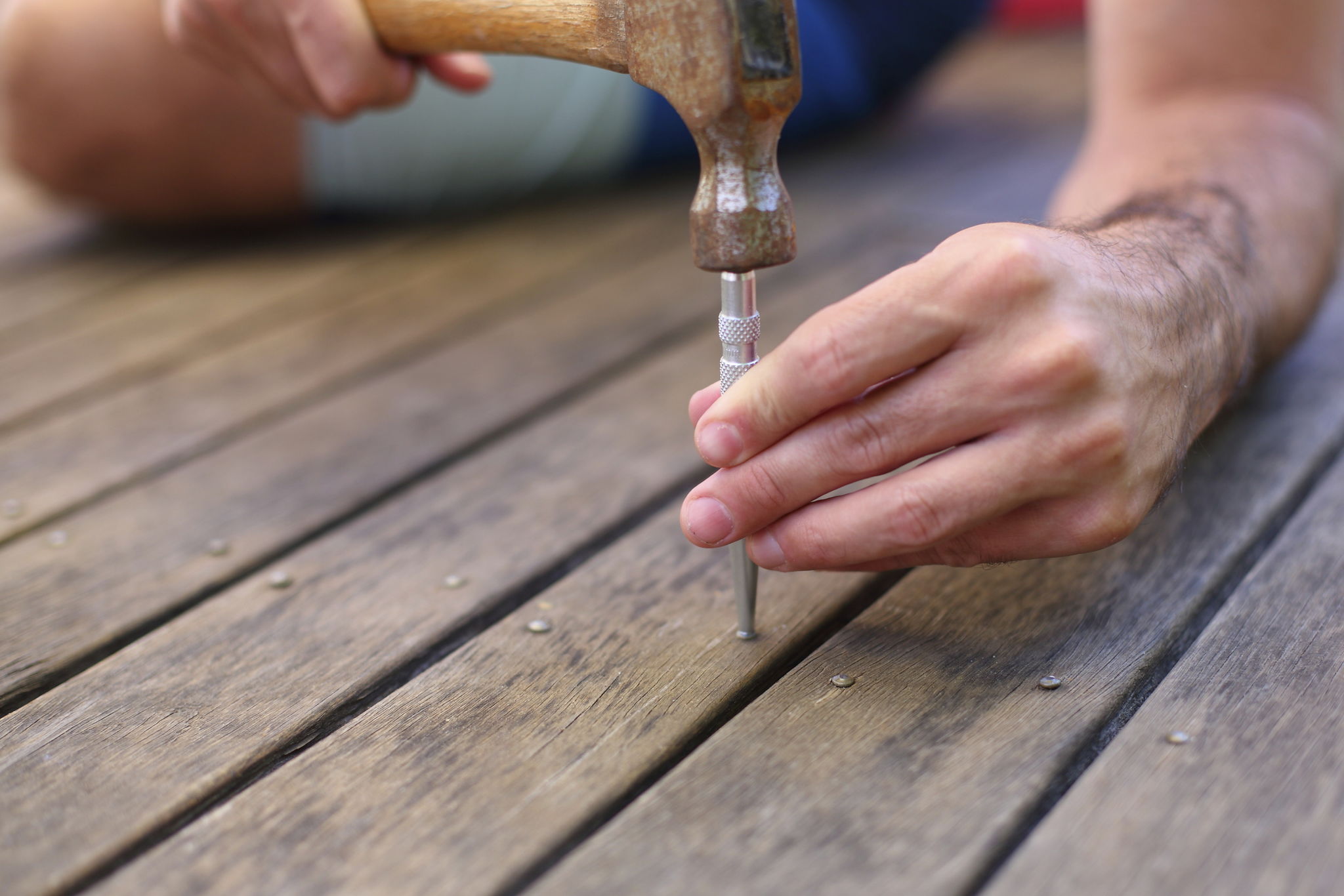How to Choose the Right Deck for Your Home: PVC vs. Traditional Wood
Introduction to Deck Choices
When it comes to enhancing your outdoor space, choosing the right deck is crucial. Two popular materials for decking are PVC and traditional wood. Each has its own set of advantages and disadvantages, making the decision a bit challenging. In this blog post, we'll explore these options to help you make an informed choice for your home.

Understanding PVC Decking
PVC, or polyvinyl chloride, is a synthetic plastic polymer that has gained popularity in decking due to its durability and low maintenance requirements. One of the biggest benefits of PVC decking is that it is resistant to moisture and insects, which means it won't rot or warp over time. This makes it an attractive choice for homeowners who live in humid climates.
Moreover, PVC decking is available in a variety of colors and styles, allowing for customization to fit your aesthetic preferences. It's also less prone to fading in direct sunlight compared to traditional wood. However, the initial cost of PVC decking can be higher than wood, which is something to consider when budgeting for your project.
The Appeal of Traditional Wood Decking
Traditional wood decking has been a favorite among homeowners for generations. It offers a natural beauty and warmth that synthetic materials often strive to replicate. Wood decks can be made from various types of timber, such as cedar, redwood, and pressure-treated pine, each offering unique characteristics.

One of the main advantages of wood is its cost-effectiveness. It usually has a lower upfront cost compared to PVC. However, wood requires regular maintenance, including staining and sealing, to protect it from weather elements and pests. Without proper care, wood decking can succumb to rot, warping, and insect damage over time.
Maintenance Considerations
Maintenance is a critical factor when choosing between PVC and traditional wood decking. PVC decks require minimal upkeep—usually just occasional cleaning with soap and water. This makes them ideal for homeowners who prefer a low-maintenance option.
In contrast, wood decks demand more attention. Regular cleaning, sealing, and staining are necessary to keep the deck in good condition. This not only extends the life of the deck but also maintains its appearance. If you enjoy hands-on home improvement projects, the maintenance of a wood deck might not be a deterrent.

Environmental Impact
When considering the environmental impact, both materials have their pros and cons. PVC is made from plastic, which isn't biodegradable but can be recycled in some cases. Its long lifespan reduces the need for frequent replacement, which is a positive aspect from an environmental perspective.
Wood is a natural material that is biodegradable and can be sourced sustainably if you choose certified timber. However, the treatments required to preserve wood can involve chemicals that might not be environmentally friendly.
Making Your Decision
Your choice between PVC and traditional wood should be based on various factors including budget, maintenance preference, and environmental considerations. To summarize:
- PVC: Higher initial cost, low maintenance, durable, moisture-resistant.
- Wood: Lower initial cost, requires regular maintenance, offers natural beauty.
Ultimately, the best decking material for your home will depend on your specific needs and lifestyle. Consider consulting with a professional to gain more personalized advice tailored to your environment and preferences.